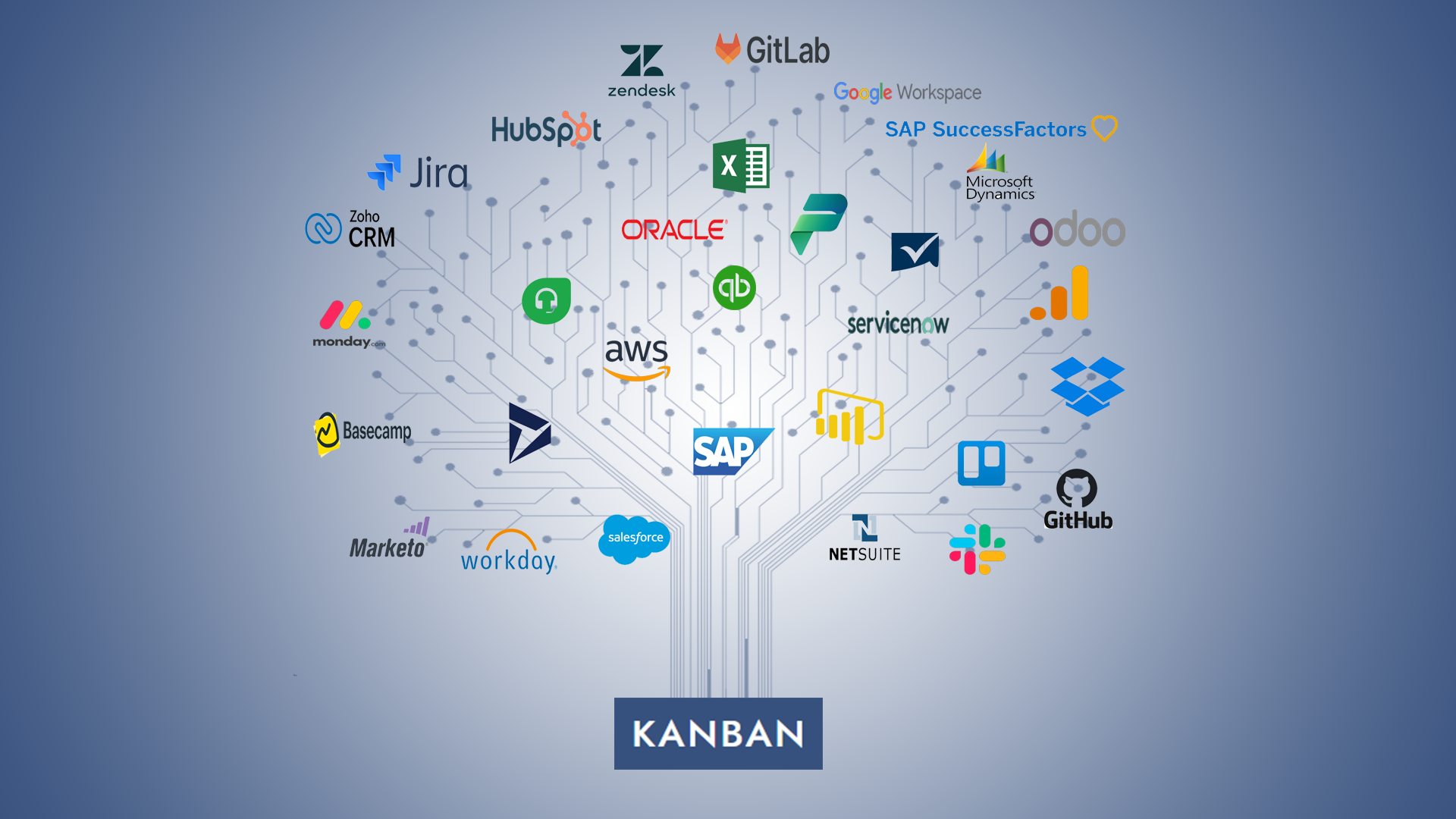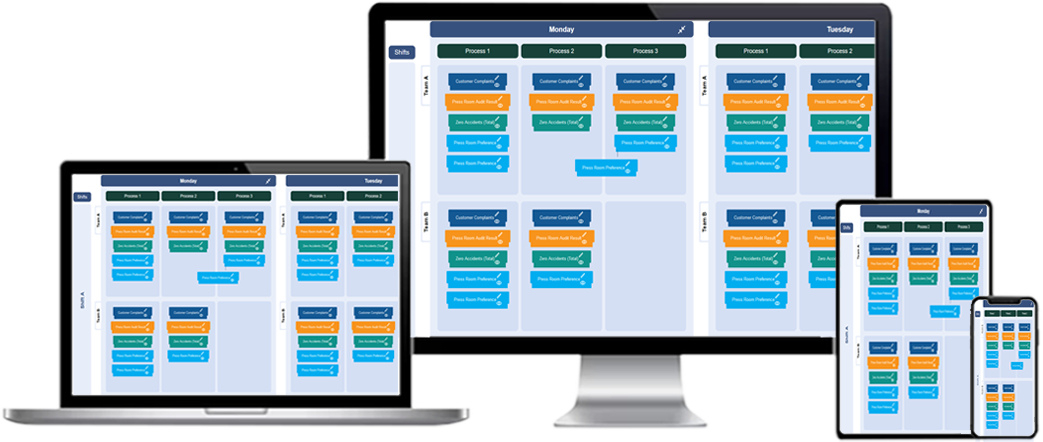Efficient business processes are critical for organizational success, and workflow management solutions help automate tasks, streamline approvals, and integrate systems for improved productivity. SAP Workflow Management provides a structured framework for handling business operations, ensuring process automation, seamless integration, and increased efficiency.

What is SAP Workflow Management?
SAP Workflow Management is a solution designed to automate and optimize business processes across various departments. It enables organizations to digitize manual processes, define workflows, and integrate different systems within an enterprise. By providing a centralized platform, it ensures transparency, efficiency, and compliance while minimizing delays and reducing manual intervention.
Key Features of SAP Workflow Management
1. Process Automation
The system automates repetitive tasks, approvals, and escalations, reducing dependency on manual efforts. Automation ensures consistency in operations and minimizes errors, allowing teams to focus on high-value activities.
2. Customizable Workflows
Organizations can design workflows tailored to their specific needs using a visual workflow editor. This allows businesses to map out complex processes and define steps, roles, and decision-making criteria.
3. Integration Capabilities
Workflow management connects with enterprise systems, databases, and third-party applications to streamline data flow and reduce duplication. Integration ensures seamless communication between different business functions.

4. Role-Based Access Control
Access to workflows and tasks is managed through role-based security, ensuring that only authorized users can view or modify process-related data. This helps maintain confidentiality and compliance with business policies.
5. Real-Time Monitoring and Analytics
Workflow dashboards provide real-time insights into process performance, pending tasks, and bottlenecks. Managers can use these analytics to make data-driven decisions and optimize workflows.
6. Notifications and Alerts
The system sends automated notifications to users for pending tasks, approvals, and escalations. This ensures timely actions and prevents workflow disruptions.
7. Mobile Accessibility
Users can access and manage workflows from mobile devices, ensuring continuity even when working remotely. Mobile capabilities improve responsiveness and decision-making.
Benefits of SAP Workflow Management
1. Increased Efficiency
Automating business processes reduces delays and manual errors, ensuring tasks are completed faster and more accurately. Workflow automation helps organizations achieve higher efficiency with fewer resources.
2. Improved Compliance
By standardizing processes and maintaining audit trails, SAP Workflow Management ensures compliance with regulatory requirements. Organizations can track approvals and maintain transparency in operations.
3. Enhanced Collaboration
Departments can collaborate seamlessly by integrating workflows across teams. Workflow transparency ensures all stakeholders stay informed and aligned.
4. Better Decision-Making
With real-time analytics and reporting, managers can identify inefficiencies, monitor key performance indicators, and make informed decisions to improve processes.
5. Reduced Operational Costs
By automating workflows and eliminating manual redundancies, organizations save costs associated with paperwork, approvals, and administrative overhead.
Common Use Cases of SAP Workflow Management
1. Purchase Order Approvals
Automated workflows ensure that purchase orders go through the correct approval hierarchy before processing. This reduces delays and ensures compliance with procurement policies.
2. Employee Onboarding
Workflows streamline the onboarding process by automating documentation, training schedules, and approvals, ensuring a smooth transition for new employees.
3. Invoice Processing
Accounts payable teams can automate invoice validation, approvals, and payments, reducing processing time and improving accuracy.
4. IT Service Requests
Workflow automation helps manage IT service requests, ensuring timely issue resolution and better resource allocation.
5. Contract Management
Contracts go through multiple stages of review, negotiation, and approval. A structured workflow ensures that each step is tracked, preventing delays and compliance issues.
Steps to Implement SAP Workflow Management
1. Define Business Processes
Identify existing business processes and determine areas that require automation. Map out workflows, define roles, and set performance metrics.
2. Configure Workflows
Use workflow modeling tools to create digital workflows. Define steps, decision points, and automation rules to ensure process efficiency.
3. Integrate with Existing Systems
Connect workflow management with enterprise systems such as ERP, CRM, and HR software for seamless data flow.
4. Test and Optimize
Run pilot tests to evaluate workflow performance. Gather feedback from users and make necessary adjustments to enhance efficiency.
5. Monitor and Improve
Continuously monitor workflow performance using analytics and reports. Identify areas for improvement and optimize workflows as needed.
Business Processes with SAP Workflow Management: Automation, Integration, and Efficiency
What is SAP Workflow Management?
SAP Workflow Management is a digital solution that automates, integrates, and optimizes business processes by enabling rule-based workflows, approvals, and notifications.
How does SAP Workflow Management help in business automation?
It automates repetitive tasks, streamlines approvals, and enhances collaboration, reducing manual effort and improving overall efficiency.
What are the key features of SAP Workflow Management?
Key features include automated workflows, real-time tracking, integration with business systems, role-based approvals, and customizable workflow templates.
How does SAP Workflow Management improve process efficiency?
By eliminating bottlenecks, ensuring timely approvals, and integrating with existing enterprise applications, it helps businesses operate more efficiently.
Can SAP Workflow Management integrate with other enterprise systems?
Yes, it seamlessly integrates with enterprise resource planning (ERP), customer relationship management (CRM), and other business applications.
What types of workflows can be automated in SAP?
Common workflows include purchase order approvals, invoice processing, employee onboarding, service requests, and compliance tracking.
How does SAP Workflow Management support decision-making?
It provides real-time insights, automated notifications, and predefined business rules that help stakeholders make informed decisions quickly.
Is SAP Workflow Management cloud-based or on-premises?
It is available as a cloud-based solution but can also be deployed on-premises, depending on business requirements.
How does SAP Workflow Management improve collaboration?
It enables seamless communication between teams through automated task assignments, notifications, and shared access to workflow data.
What are the security features in SAP Workflow Management?
Security features include role-based access control, encryption, audit logs, and compliance monitoring to ensure data integrity and confidentiality.
How does SAP Workflow Management handle approvals and notifications?
It automates approval processes by routing requests to the right stakeholders and sending real-time notifications to keep workflows on track.
Can SAP Workflow Management be customized for specific business needs?
Yes, businesses can customize workflow templates, rules, and automation settings to match their specific operational requirements.
How does SAP Workflow Management enhance compliance and auditability?
It maintains detailed audit logs, enforces standardized approval processes, and ensures regulatory compliance with automated reporting.
What industries benefit most from SAP Workflow Management?
Industries such as manufacturing, healthcare, finance, retail, and logistics benefit from improved automation and workflow efficiency.
What are the benefits of using SAP Workflow Management for automation?
Benefits include faster approvals, reduced manual errors, better compliance, improved collaboration, and seamless integration with enterprise applications.